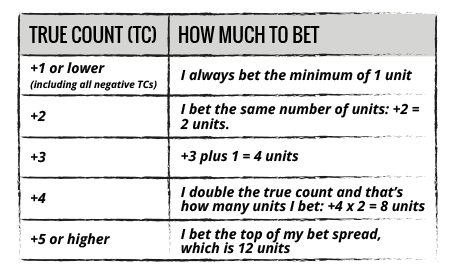
What is a Point Spread or Side Bet?

A point spread is used in sports betting to even the odds between two unevenly matched teams. Each team is given a point total by the oddsmaker that can either be added or subtracted to the final score, thus factoring into if the bet was won or lost.
In sports betting plus (+) and minus (-) refers to either the betting odds or point spread. With regards to the spread “+” and “-” always refers to the underdog and the favorite. For instance, you can wager on the Green Bay Packers as a -7 to beat the Dallas Cowboys as a -7 point underdog. A point spread is a type of handicap. Both sides of an against-the-spread bet pay the same, but the teams are obviously not of the same quality. A point spread evens things out and gives both sides of the bet some wagering appeal. Most other basketball bets are governed by the money line, which is just a way to communicate odds. NFL point spreads are set by oddsmakers. This is the final outcome they expect one team to have over the other. For example, if the New England Patriots are squaring off against the Miami Dolphins. Spread betting is a derivative strategy, in which participants do not own the underlying asset they bet on, such as a stock or commodity. Rather, spread bettors simply speculate on whether the.
Example:

The point spread for Super Bowl XLI was:

/cdn.vox-cdn.com/uploads/chorus_asset/file/16320087/Ringer_Sportsbook_01__1_.jpg)
Sports Bet Spread
Colts –7
Bears +7
Spread Bet Definition
The (-) before the 7 indicates that the Colts were the point spread favorites. The (+) indicates that the Bears were the point spread underdogs.
If one were to bet on the Colts, the Colts would have to win by a total of 8 points for the bettor to win. If one were to bet on the Bears, the Bears would have to win outright or lose by no less than 6 points for the bettor to win. A 7 point victory by the Colts would equal a push or tie.